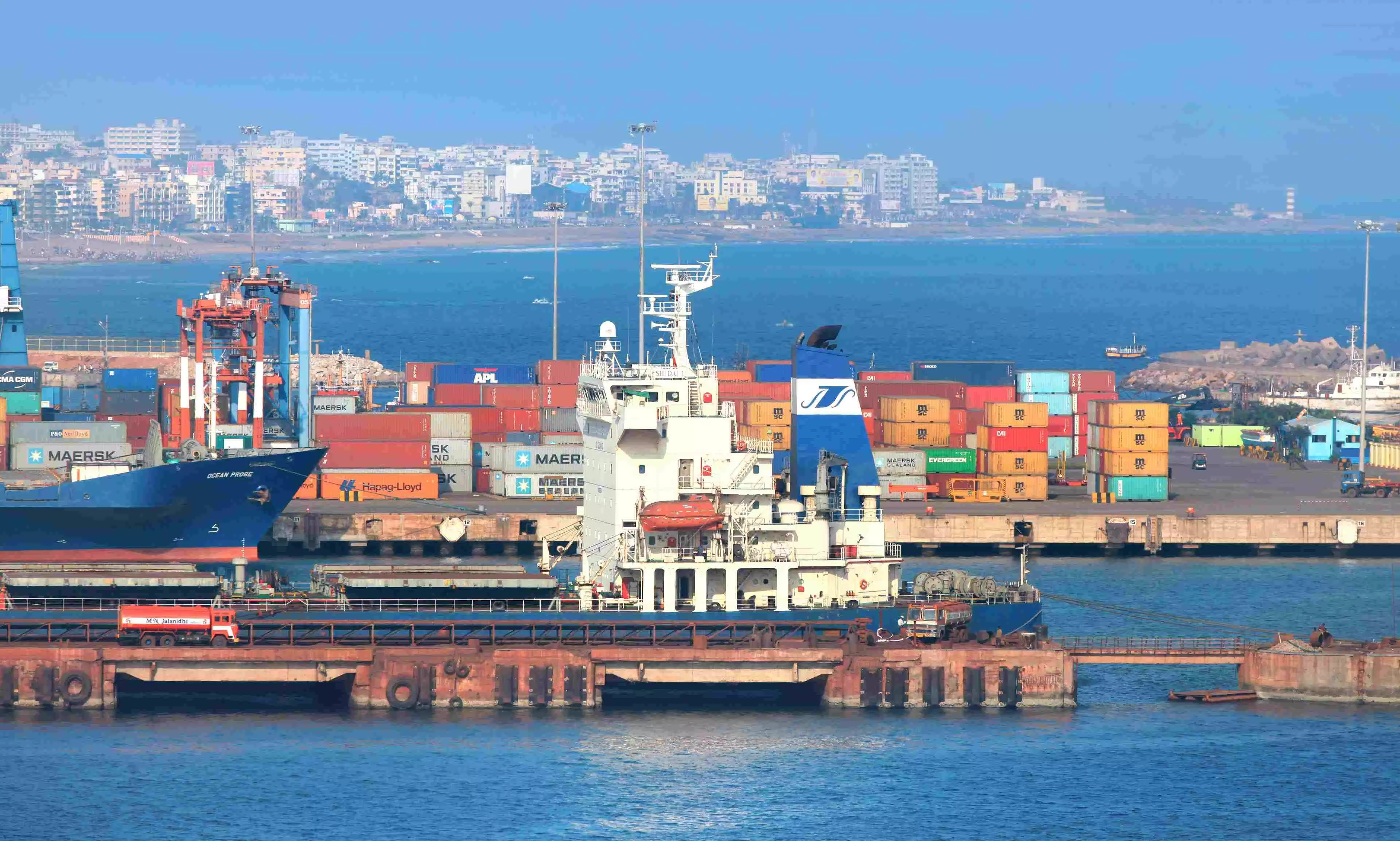India’s $25T Economic Vision: A 25-Year Ascent by KV Kamath

India’s $25T Economic Vision: A 25-Year Ascent by KV Kamath
India, a nation known for its rich cultural heritage and diverse landscape, is also making significant strides in the global economic arena. KV Kamath, a renowned economist and former president of the New Development Bank, has articulated a bold vision for India’s economic future.
According to Kamath, India has the potential to grow its economy to a staggering $25 trillion in size over the next 25 years. This ambitious vision has sparked both optimism and curiosity among economists, policymakers, and citizens alike. In this article, we will explore the factors and strategies that could propel India towards achieving this remarkable milestone.
)
India’s greatest asset on its path to economic growth is its demographic dividend. With a young and burgeoning population, the country possesses a vast workforce that can drive economic productivity. Kamath emphasizes the need for harnessing this demographic dividend through skill development and education, making the workforce globally competitive. Additionally, the rising middle-class population can boost consumption, further stimulating economic growth.
Infrastructure is the backbone of any economy, and India is no exception. Kamath suggests that India must invest heavily in infrastructure development, including transportation, energy, and digital infrastructure. This not only fosters economic growth but also attracts foreign investments. Initiatives like the “Make in India” and “Smart Cities Mission” are steps in the right direction towards improving infrastructure.

To achieve the $25 trillion goal, India must transform itself into a global manufacturing hub. Kamath advocates for reducing red tape, improving ease of doing business, and implementing tax reforms to make India more attractive to foreign investors. Strategic policies can incentivize domestic and foreign companies to set up manufacturing units in India, thereby creating jobs and increasing exports.
In an increasingly digital world, Kamath recognizes the significance of digital transformation for economic growth. He suggests that India should continue to invest in its IT and technology sector, fostering innovation and entrepreneurship. Initiatives like “Digital India” and “Startup India” are instrumental in propelling India into a global tech leader.
Kamath’s vision for India includes sustainable development. He emphasizes the importance of balancing economic growth with environmental concerns. India can leverage its renewable energy potential, invest in green technologies, and promote sustainable agriculture to ensure long-term economic growth without compromising the environment.

Financial inclusion plays a pivotal role in reducing poverty and promoting economic growth. Kamath encourages India to continue its efforts to bring more citizens into the formal financial system. The Jan Dhan Yojana, Pradhan Mantri Mudra Yojana, and the push for digital payments have been steps in this direction.
India’s economic growth can benefit significantly from international trade. Kamath suggests that India should actively engage in global trade agreements and reduce trade barriers. The Regional Comprehensive Economic Partnership (RCEP) and other bilateral trade agreements can open up new markets for Indian goods and services.
A healthy and educated population is essential for sustained economic growth. Kamath underscores the importance of investing in healthcare and education to improve human capital. Quality education and accessible healthcare services can enhance productivity and contribute to economic development.
One of the crucial elements in achieving this vision is policy consistency. Kamath advises policymakers to provide a stable and conducive environment for businesses and investors. Consistency in policies and regulations can attract long-term investments, which are vital for sustained economic growth.
KV Kamath’s vision of India’s economy reaching $25 trillion in 25 years is indeed an audacious goal. However, it is not unattainable.
With strategic planning, investment in human capital and infrastructure, promotion of sustainable development, and active participation in global trade,.
India can embark on a remarkable journey toward achieving this economic milestone. Moreover, it requires a collective effort from policymakers, businesses, and citizens to turn this vision into a reality.

If successful, India’s economic ascent could be one of the most remarkable stories of the 21st century, transforming the nation into a global economic powerhouse.



